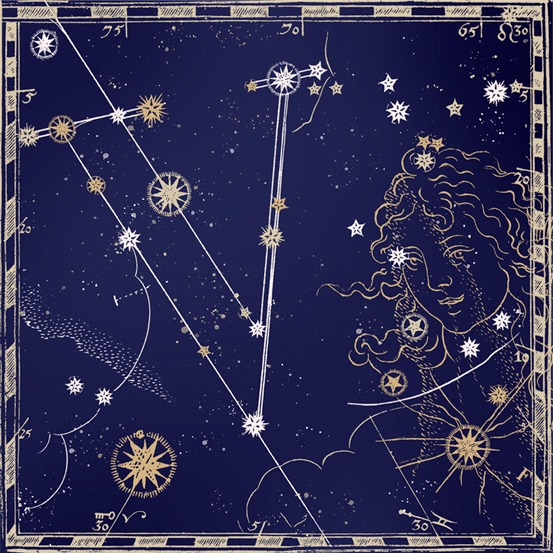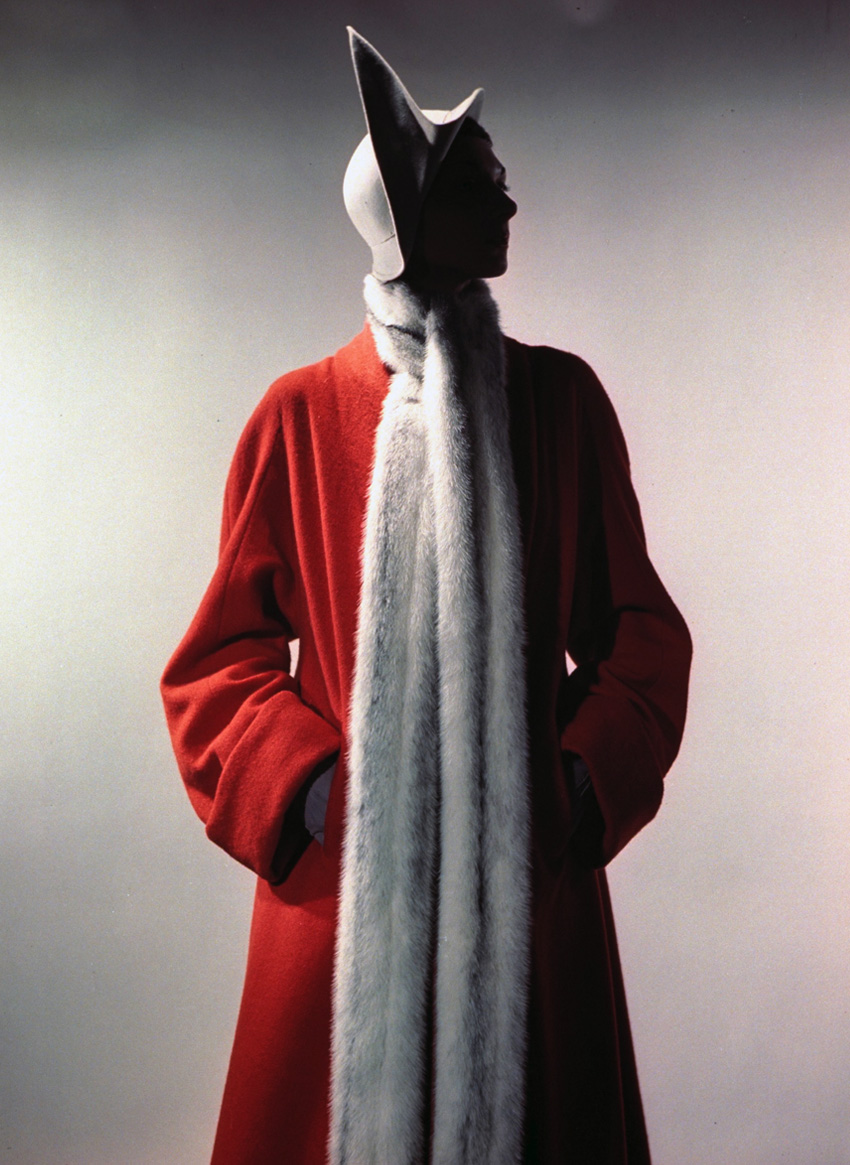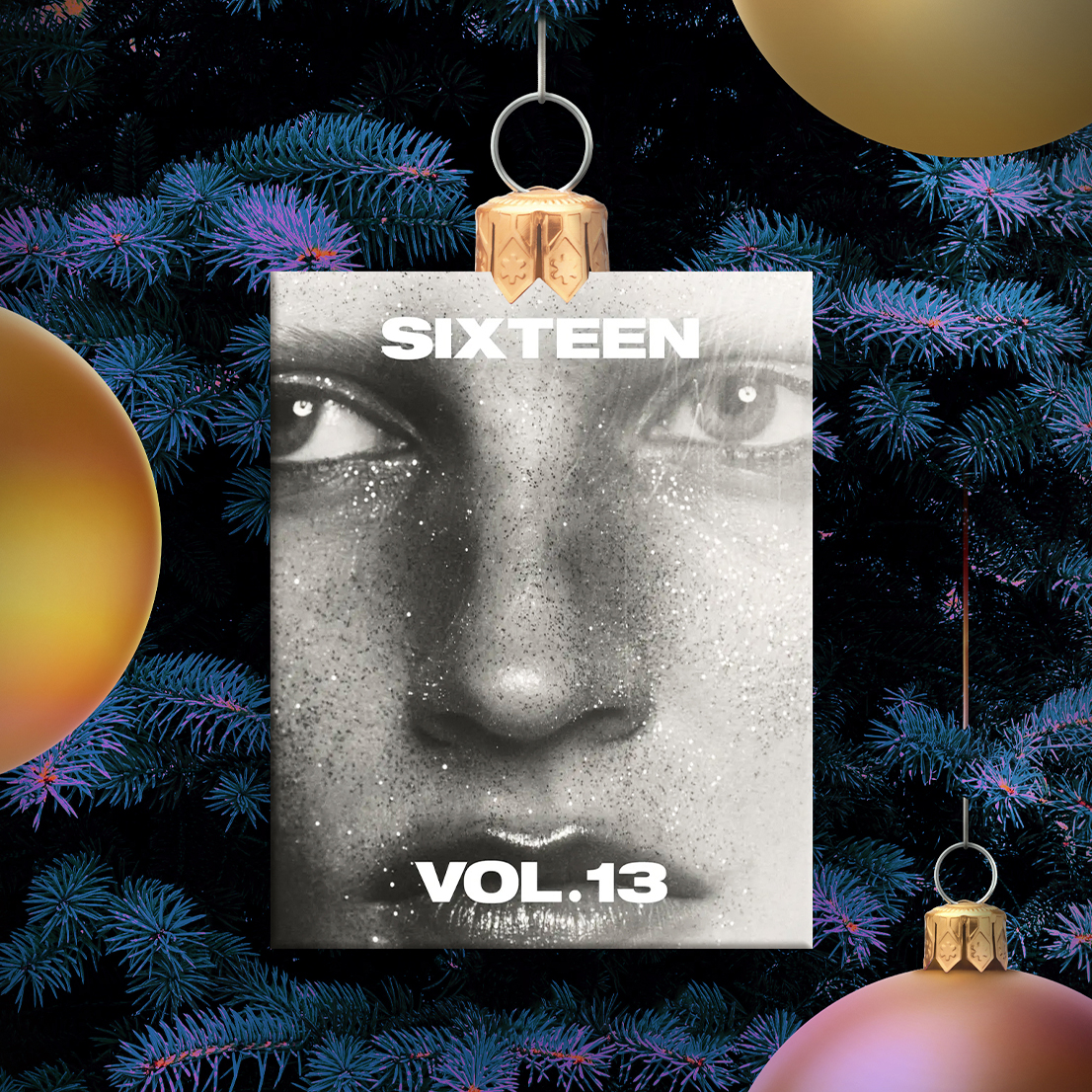The Mystery Issue
Lighting is an essential part of cinematography but, as an accessory, it is often overlooked. We only see the stars in front of us, but we forget about the spotlights that highlight them.
A cab pulls up in front of the MacNeil family home in complete darkness. When the car stops, an elderly priest appears as the door opens. This night, visibly chilled by the haze that hangs in the air, has an undeniable aura of mystery. As the religious figure approaches the house, his silhouette blends in with the darkness that surrounds him. The priest is like an imperceptible figure, one more component of a background that doesn't concern us because it is unknown to us. That is until he approaches the house. A light shines from a room on the second floor of the house that the priest is approaching. Only then does it begin to detail the mysterious figure. The light reveals everything we need to know — it's not the priest we should pay attention to, but the purpose he will fulfill where the faint spotlight is. This light is like a magnetic force, as if it were a lamp and the character, with a moth-like destiny, can't resist its temptation. The priest, whose name is eventually revealed to be Merrin, approaches the house with one purpose: to complete the exorcism of a 14-year-old girl called Regan. The light that escapes from her room is too white, almost supernatural — an omen of what is to come. Compared to the darkness outside, the light is somehow less comforting, more mysterious than the darkness that houses Father Merrin. The illumination of the house is complemented by a disconcerting stillness. The stillness of this scene is like an anchor in our stomach. Everything in us wants to scream at the screen for the priest to get away from the house, even without knowing the terror that lurks at its core. The priest stands outside the MacNeil family home for what seems like minutes but is actually mere seconds. On the doorstep of evil, the priest finds himself in limbo. The Exorcist (1973) is one of the best examples of the power of lighting and lighting design in the world of cinema. Even for its era — when CGI was an unknown acronym and everything was done through wires — the power of lighting transcends any technological progress.
I asked a horror movie fan what he finds most frightening. Curiously, faced with the options of ghosts, exorcisms and demons, the answer was much simpler — “What I can't see.” If there's one film genre that understands the power of lighting (or lack thereof), it's horror. Directors of the genre are masters of its coordination. Light is used as a way of manipulating our perception of reality. From mysterious silhouettes to lights that tremble as much as we do in the face of the terror on screen, lighting is used as a way of revealing a primal fear: what lurks just out of reach. It's not the possessed teenage girls that scare us, it's the possibility of something we can't predict. In the dark spaces we can't control, the lighting is a puppeteer that painfully pulls the strings of our emotions. If soft lights make us uncomfortable, sudden bursts of light —or the dark space their absence creates — make our imagination escalate to the point of madness. Although it was more prominent at a time when realistic ghosts couldn't be achieved with computer programs, the art of lighting is not lost. Films like Hereditary (2018) or Neon Demon (2016) continue to expand the practice. The latter, with a name so focused on its lighting, relates a metaphor about the loss of innocence associated with the entertainment industry —particularly relevant these days with the growing case of Diddy. It begins with natural light on the main character but, as the narrative unfolds, artificial light becomes omnipresent, progressing to a climax with colored lights.
But while horror films are the modern genre that works most with the art of lighting, historically this is not the case. Film noir, a genre that details mysterious situations, usually always with the presence of a private detective and a femme fatale, was revolutionary for cinematographic lighting. In these, the stark contrast between light and dark (known as chiaroscuro), paints a world dictated by its contradiction — everything is simultaneously dangerous and seductive. These films explore a notion continued by the aforementioned horror films: it's not just about what you can see, but what is hidden in the darkness. Long, straight shadows formed from the glimmers of light spilling through the blinds communicate more than any dialog ever could. These films, which had their heyday in the 40s and 50s and were therefore devoid of color, used the contrast of lighting as a way of coloring the story. In the noir universe, trust is fragile and the truth is buried under layers of lies. The way a detective's face is half-lit as he contemplates a clue, or how a femme fatale steps into a beam of light just as she says a key line — these moments are meticulously complex. The responsibility of lighting is not to reveal, but to suggest.
Even though the cinematic universe is historically so indebted to the role of lighting, it seems that its importance is often overlooked. We don't have to go very far to describe this obvious contempt. Lighting doesn't even have a category at the Oscars, while audio design has two (and had three until 2020). In the world of cinema, light plays the role of a silent narrator. Faced with other variables, such as talent or music, it's easy to forget the importance of those who hide behind the spotlight. Names like Gordon Willis, known in the industry as “The Prince of Darkness”, is best known for his work on The Godfather trilogy (1972). Known for using darkness as a narrative element, light was manipulated by Willis in a considered, almost imperceptible way. Power dynamics and moral crises were also represented through his creative decisions — just think of the way he lit Marlon Brando, which remains the image that springs to mind when we think of the iconic actor. That's the power of lighting. Our memories are not created by the gift of reason but by emotional intensity. When it comes to art, it reminds us of how Marlon Brando's face made us feel —obviously elated— or the fear we feel when the scary light flickers in Regan MacNeil's room. Even outside the cinematic realm, light shapes our daily lives. A candlelit dinner is romantic, but one under fluorescent lights is almost hostile. It's no coincidence that I refuse to turn on any ceiling light — the atmosphere it creates is different from light sources closer to our line of sight. By manipulating our emotional perception, lighting is essential to our interpretation of reality.
Originally translated from The Mystery Issue, published October 2024. Full credits and stories are in the print issue.
Most popular

Relacionados
.jpg)
.jpg)






